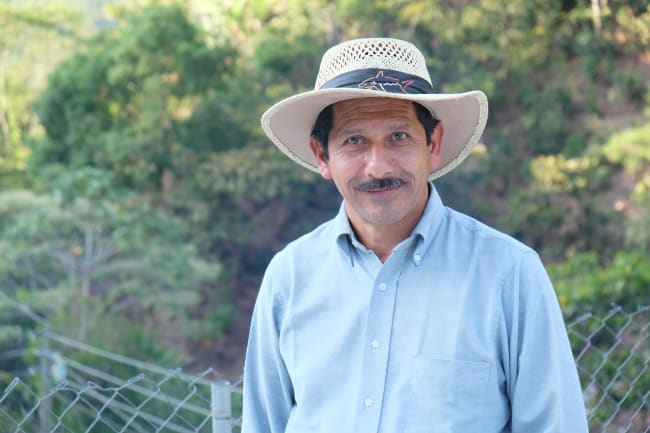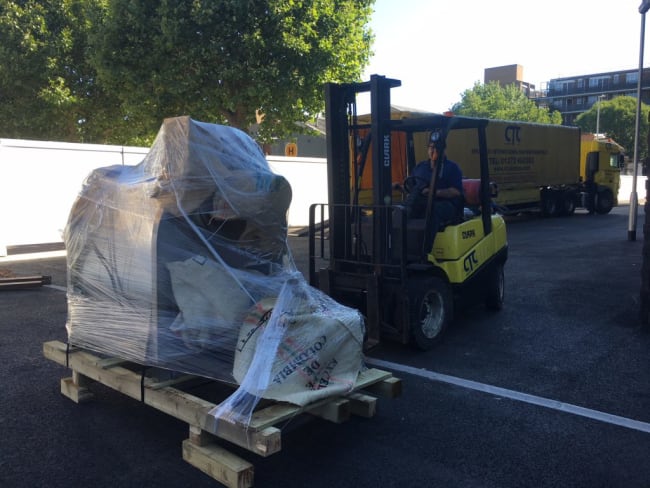The big reasons behind rising coffee prices
1. Climate change is hitting coffee hard
Coffee plants are fussy. Arabica, in particular, needs just the right temperature, altitude, and rainfall to thrive. But as the climate changes, extreme weather is making it harder to grow coffee.
For example, Brazil has faced severe droughts and frosts in recent years, drastically reducing yields. Many other origins around the world are also experiencing erratic rainfall, which affects both the quantity and quality of their coffee beans. With less coffee available, prices naturally rise.
2. Demand is growing faster than supply
More people than ever are drinking coffee, with speciality coffee booming as more drinkers seek better-quality, ethically sourced beans.
Emerging markets, particularly in Asia, are seeing a surge in coffee consumption as more people embrace the coffee culture we’ve become accustomed to. Countries like China and India, with their massive populations, are becoming major players in the global coffee market.
With that in mind, coffee production is cyclical, with alternating years of high and low yields. When a low-yield year coincides with other challenges, such as extreme weather or logistical bottlenecks, the result is a significant supply shortage.
This means competition for the best lots is fiercer than ever – pushing prices even higher.
3. Brazil and Vietnam are producing less
Brazil and Vietnam are two of the biggest coffee producers in the world. Which means the rest of the industry tends to follow in their footsteps. So, when their crops struggle, the whole coffee market feels it.
In Brazil, as previously stated, extreme weather events have devastated Arabica crops, while rising production costs and currency fluctuations have squeezed farmers’ profits. Vietnam, the leading Robusta producer, has struggled with labour shortages and logistical bottlenecks – made worse by the pandemic.
While we don’t sell Robusta, because it’s become more expensive, more roasters are happy to pay extra for Arabica coffee as it’s a big leap in quality for a smaller jump in price.
These disruptions have reduced yields, tightened supplies, and forced buyers to compete for limited stocks. This has made good coffee even harder to come by and has driven prices up worldwide.
4. The cost of growing and transporting coffee is up
For producers, coffee isn’t just about growing beans. Farmers have to pay for labour, equipment, and fertilizer. Once the coffee is harvested, it has to be transported, often across the world.
The global coffee supply chain has faced unprecedented disruptions in recent years, as a result of the pandemic, geopolitical tensions effectively blocking the Suez Canal, severe drought restricting transit through the Panama Canal, and more. This leads to a significant increase in transportation costs.
We’ve also seen labour shortages, wage increases (a good thing for workers), shipping delays, and increased transportation costs. These factors, mixed with inflation, have made every step more expensive.
5. Market speculation is driving prices higher
Coffee is traded as a commodity and its price is influenced by speculation, currency fluctuations, and global economics. For instance, when the Brazilian real weakens against the US dollar, Brazilian farmers may hold back their coffee to sell at a better price later, reducing immediate supply and driving up costs.
Additionally, investors and traders often speculate on future price movements, which can lead to volatility in the market. These fluctuations can lead to price increases, especially during periods of uncertainty. Right now, we’re seeing huge uncertainty in the market and lots of predictions being bet on.











